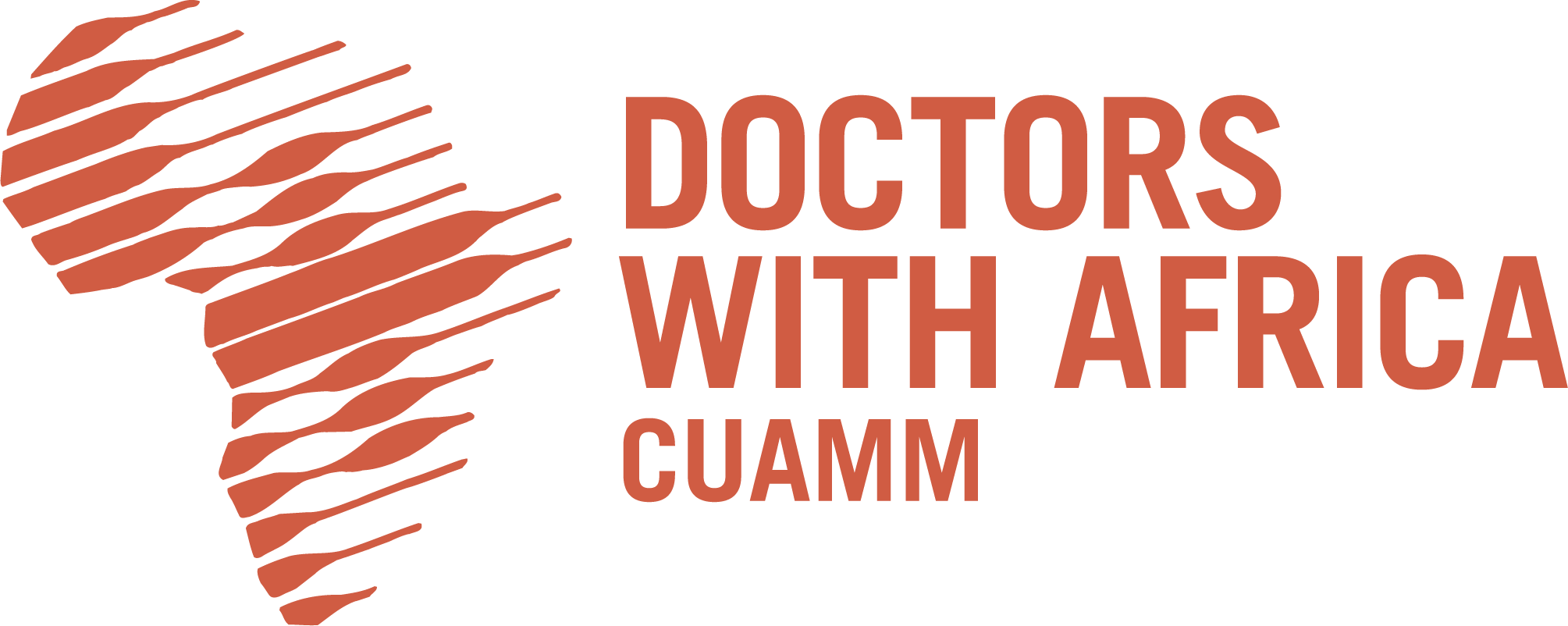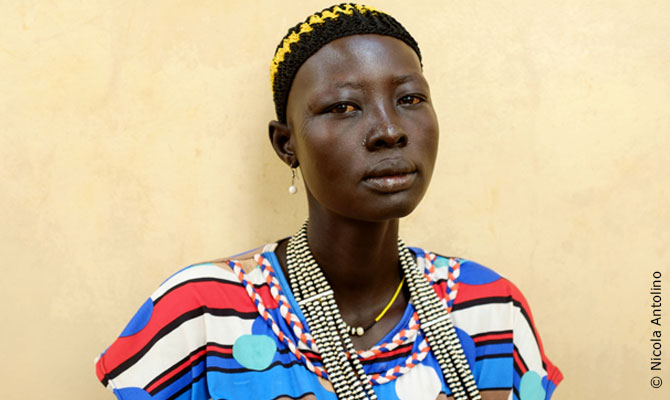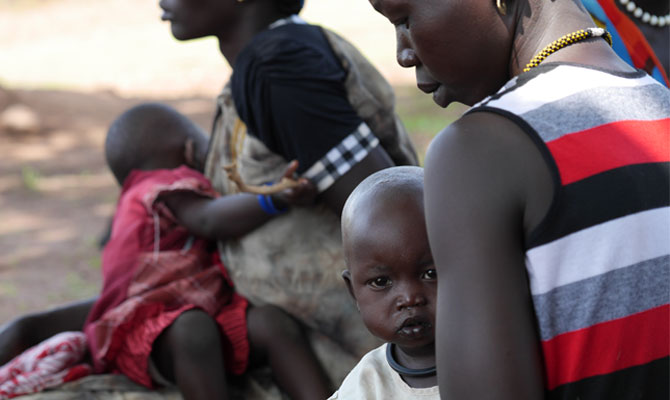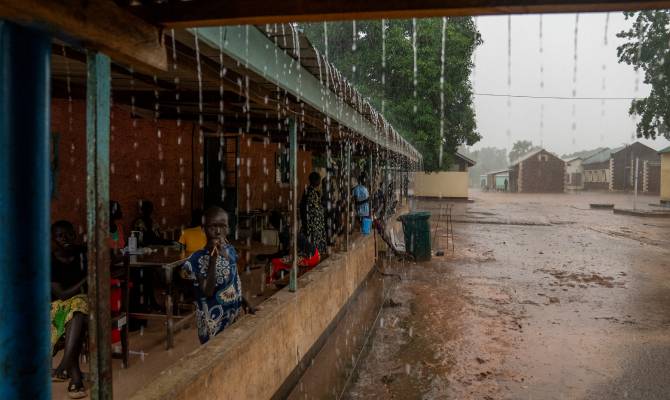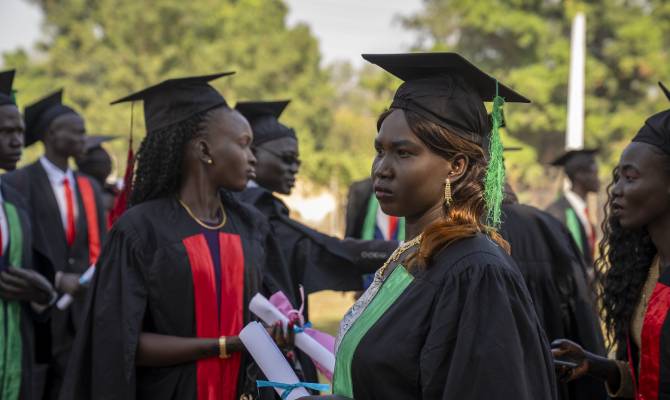Mary is a 29-year-old woman, who was expecting her 4th baby. She had been operated during her 3 previous deliveries from Juba teaching hospital because she was by then living in Muniki, which is in Juba town. She left Juba for Mundri two years ago, because life was quite expensive and she couldn’t afford schools for her children because schools in Juba are expensive.
She had stayed in Mundri since 2013 and when she conceived she went to Mundri PHCC for her ante natal care. Her last visit was on 29th august and she was advised to come to the waiting house in Lui hospital because she was to be operated, but unfortunately when fighting started she had to leave Mundri and to go to Mandi, her home village, which is about 21 miles from Mundri town.
While she was in Mandi, she started feeling labour like pains on the 23th of October, which was Friday morning but she failed to get transported to the health facility till the following day, Saturday, when Mary and her husband managed to get a motorcycle and in three hours they reached Kotobi PHCC, which is about 6 miles away from their home.
When Mary reached Kotobi PHCC, she explained to the midwife that she usually delivers by Caesarean section but the midwife re-assured her that she would possibly have a vaginal delivery this time. She stayed at the health facility the whole Saturday and night and during her time at the facility she made several attempts of pushing out the baby but failed, until Sunday morning, when the midwife finally decided to refer her to the hospital for further management.
The direct road from Kotobi to Lui hospital is about 30 miles, but it had been blocked since the time there was fighting in Mundri. So Mary, her husband and some of their relatives had to find other means of getting to Lui hospital. They left Kotobi at around 9:30 am and at around 4:00 pm, they reached Yeri river, which is about 17miles from Kotobi. This journey costed 210 South-Sudanese pounds. They got a boat in order to cross the river. However the boat could only carry two people, so Mary’s husband and one of the relatives crossed first, then the boat came back, picked her and crossed: this took about 30 minutes, reaching the other side of the river at around 4:40 pm.
At the other side of the river, there wasn’t any transport to bring them to Lui hospital, so the husband moved on foot to Lui to look for some means of transport. He reached Lui at around 6:00 pm, but there were not means of transport and those that were around said they could not help, because the road was too risky. At around 8:00 pm some friends of the husband got him a contact of a motorcyclist that accepted to go and pick Mary at the river bank at a cost of 150 South-Sudanese pounds. This motorcycle was only able to bring her and the husband, leaving the other relatives and the luggage at the river bank because it was now too late for them to move to Lui.
At the time of admission Mary was so irritable, cold and clammy, with severe pallor and the blood pressure was not recordable. She had severe abdominal tenderness with guarding. She was resuscitated and then taken to theater for an emergency operation and it was found out that she had got a tear on her uterus, depriving her baby from oxygen hence making him and leaving Mary anemic.
Mary’s operation was successful despite of the fact that she lost her baby boy. The tear on the uterus was repaired, she was given blood after the operation and other treatment. She’s greatly improving and will live to tell what she went through. Mary Diya will go back home soon. All treatment in Lui has been free of charge for her.
